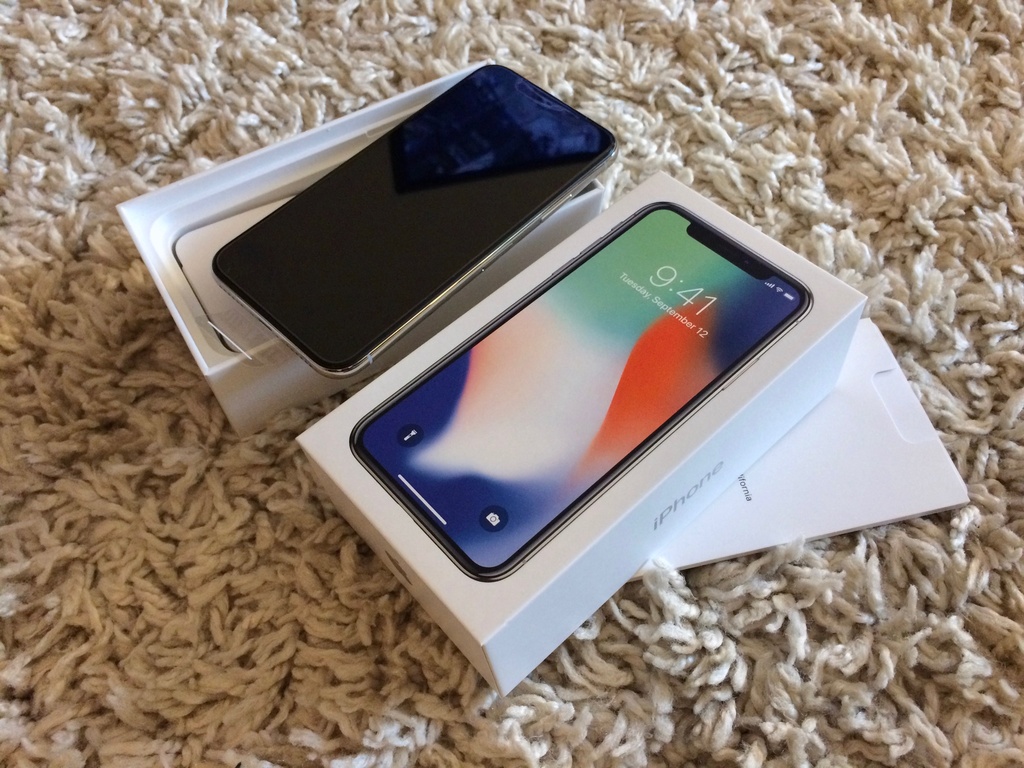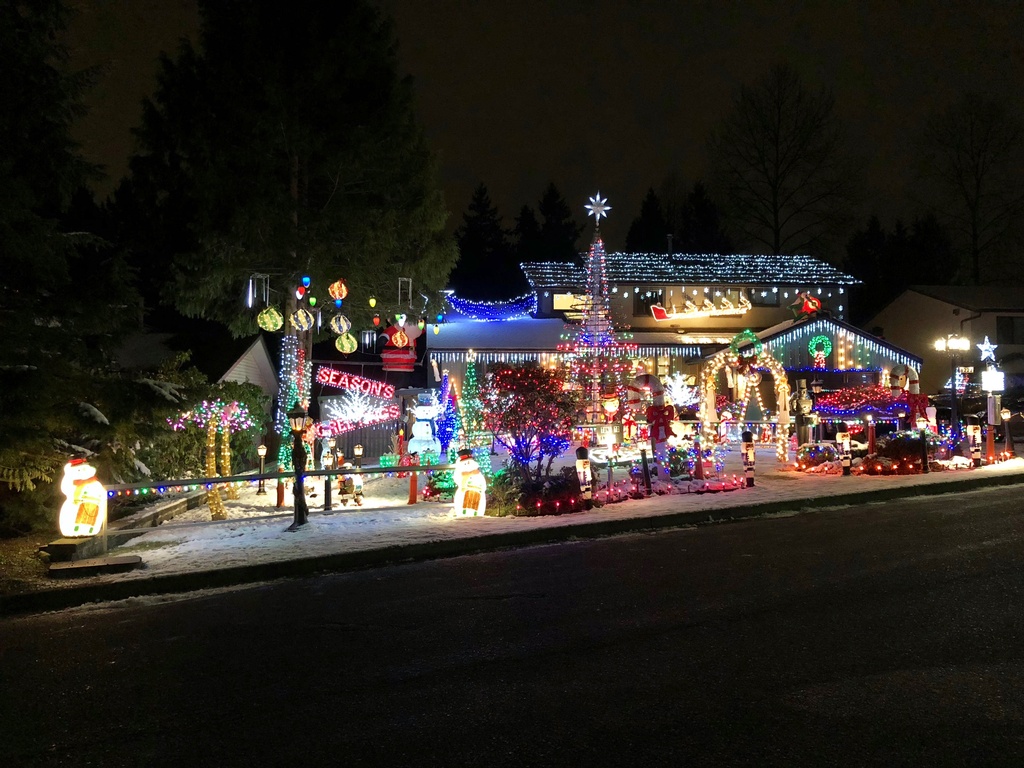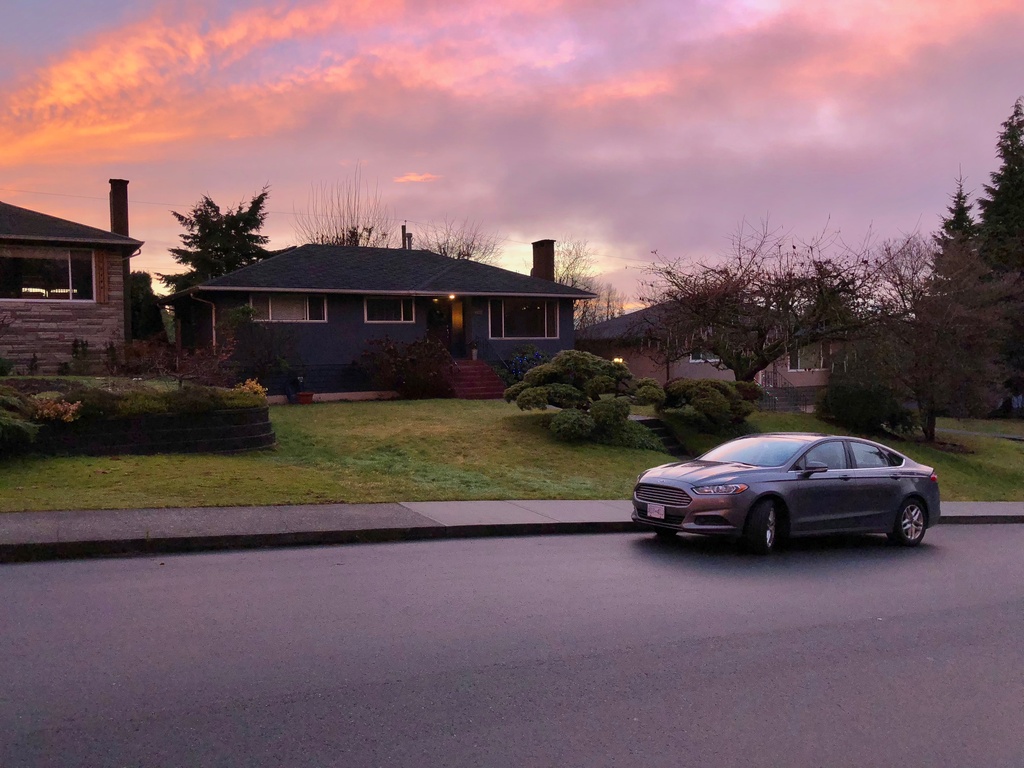Food Photography on iPhone X
The article has a lot of photos! (more precisely pictures)
It all started when I was a schoolboy. Grandma gave me Zenith ET. Popping mirrors, buzzing platoon, light meter and color slides on German film.
Then there were: Polaroid, a soap dish with a film and a fixed focus, a cardboard disposable camera bought on the way to Disneyland, another soap dish where the film was rewound by a motor, an Olympus digital soap dish with optical zoom, a Panasonic Lumix digital soap dish, Nikon D50, Canon 7D, photo exhibitions, selling photographs, neglecting everything where there is no mirror and interchangeable lens, a large bag with lenses, filters, a tripod and a beautiful belt around the neck. In general, I took photographs, inserted them into a real frame and hung on real walls.

Disputes Mirror VS Soap dish on the forums ended with the words "you can’t deceive physics - you want to get a small depth of field and a noiseless photo in poor lighting conditions - you need a large matrix." It sounded like a sentence. At least then.
Then, something definitely went wrong, or vice versa. In general, at some point I realized that the camera is not at all important (especially if it is so big and heavy, and the phone is so small and light) and I did something that I could not even think of a few years ago - he took and sold his charms, with all his lovely lenses, bags, CF memory cards and a beautiful strap to some journalist who makes a documentary video about how African tribes live. Canon 7D at that time was a good option for home FullHD video
Such a great introduction was simply necessary, firstly, just to share this exciting story with everyone who could read it and it would be easier for me (until I felt relieved - I wanted to sleep on the contrary), and secondly, so that the reader has the impression that This text was written not by anyone, but by a real pro-photographer who really sold his photographs, posted them at exhibitions and never confused in which direction to turn Nikkor lenses, but in which Canon (in general, sometimes confused, but this is a secret) and in the third This smoothly led us to the iPhone - I sold the camera about six months after I bought the iPhone 5s.
I allow myself to skip the description of those few happy years (I see how many of you happily exhaled) that were before the courier called with the parcel. You will never guess what he brought. Well? Do you know? Excellent! Almost guessed. Right. He brought the iPhone X. But not mine, but his wife. I waited mine for another week or so. Well, that’s it. Now you can definitely start.

Landscape and city
Geometric distortion is almost not noticeable. The dynamic range is not bad + HDR. Details are. Shadows, there are none. Everything is very simple, but the sky can sometimes be “lost” and it will remain only a white spot both in the photograph and in the memory.

Original

Original

Original

Original

Original
Shooting Against the Sun
Everything is a little more complicated and worse. HDR still saves, but the lens almost always gives green bunnies. Sometimes they spoil the picture, sometimes not. You can live in general.

Original

Original

Original

Original

Original
Panoramas
It sews well, but the seams, after all, are sometimes visible - especially if it is water and there are waves. It is better to shoot so that moving objects do not fall into the frame. Often you can get a glimpse of the sky and an oversight of not the sky - as in a couple of these photos (in fact this is a marriage). Since the iPhone allows you to take panoramas from left to right (bottom-up), and vice versa, you can select the lightest area (for example, part of the sky near the sun) in advance and take a panorama starting from it.

Original

Original

Original
Low light shooting
There is poor lighting and the photos themselves. In fact, these are not photographs at all, but just test shots, which are needed only to show that for a sensor of this size, the picture quality is very (very) high.

Original

Original

Original
Evening and night shooting (together because in English night it is both evening and night)
Of all my phones, the first is iPhone X, I don’t want to immediately send night photos to the basket. Shumodav and the stabilizer do their job, and I take my own - I photograph on the phone at night. It is important to remember that it is better not to remove the lens on the “body” at night - it is darker. Accordingly, portrait mode is better not to use.

Original

Original

Original

Original

Original

Original

Original

Original

Original

Original
The sky and, with luck, the clouds
You can get a light in the sky, or you can lose the shadows or all together. Depends on lighting and luck.

Original

Original

Original

Original

Original
Zoom
The “tele” lens sometimes helps to reach for something that cannot be obtained with your feet or there is no time / desire. Interestingly, it gives a completely different picture, not only in aperture and focal length, but also in contrast.

Original

Original

Original
Portrait mode (without portraits)
Brace yourself - there are very few food left before the snapshots. Now - portrait mode. On the one hand, it really makes a depth map and allows you to reliably simulate a small depth of field in general. On the other hand, he is moody - the object should not be too far and not too close. The picture comes from the camera’s “body”, and therefore less light gets on the sensor - i.e. in low light conditions it is better not to abuse it. The algorithm that cuts the object along the contour is sometimes mistaken, which gives a marriage - especially often on transparent materials (pay attention to glass goblets) and complex objects (slingshot). But then you can adjust the degree and texture of blurring the background and even change the focus.

Original

Original

Original

Original

Original
Food
Why food? Well, firstly, it is fashionable and youthful. Secondly, the easiest way to photograph food is that it calmly waits for the right moment, does not go anywhere, and it does not need to do makeup and hairdo. Thirdly, vegetables are an excellent object for portraiture testing - objects of different textures, colors, at different distances from the camera, plus glass glasses that help the algorithm make mistakes. And most importantly - the food never minds that it is photographed and it does not need to ask permission to publish. In fact, these are again not photographs, but simply pictures for testing portrait mode.

Original

Original

Original

Original

Original

Original

Original

Original

Original

Original

Original

Original
All bon appetit and good real (however, who can distinguish real from not real?) Photos.
PS For editing photos, I used the standard Photos application on macOS.
PPS Did a preview for all photos.
